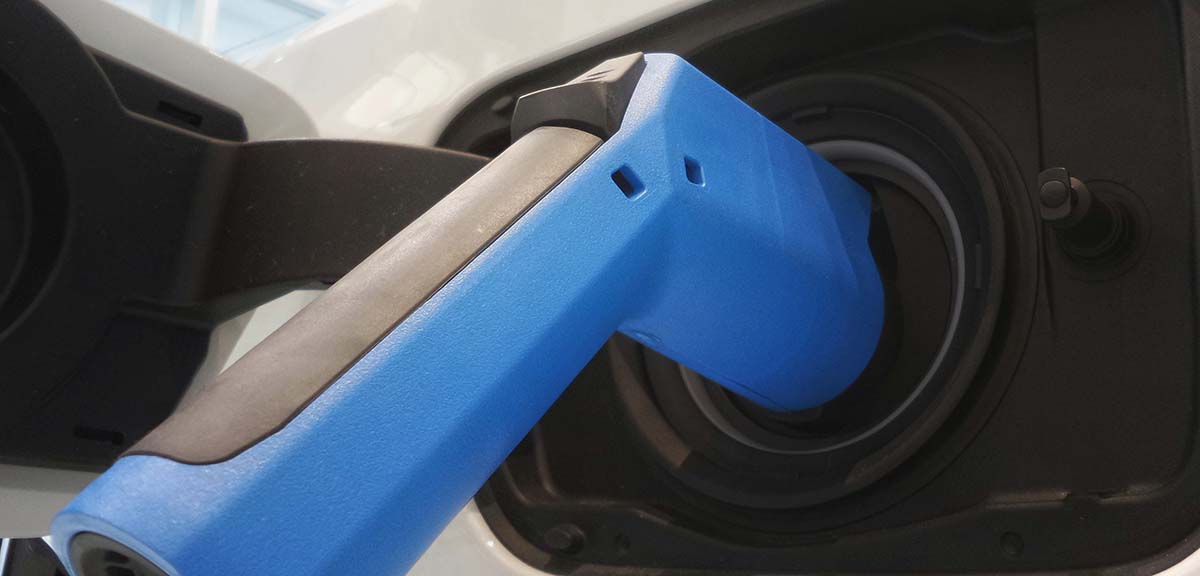Phone 0333 577 4444
10 Things a New EV Driver Should Know

As electric vehicles (EVs) gain popularity, more drivers are now looking to make the switch from traditional ‘internal combustion engine’ (ICE) vehicles to their first EV. While electric vehicles offer their own set of benefits, such as lower running costs and reduced emissions, they also come with their own unique set of characteristics.
10 Tips for a New Electric Vehicle Driver
1. Weather
Extreme temperatures, hot or cold, can affect your EV’s battery performance. Understanding how your particular electric vehicle may be impacted by different weather conditions can help mitigate some of the challenges this can cause, such as extremely reduced mileage.
2. Charging Stations
Find out where your local charging stations and points are; what are the electricity costs? Do they have fast chargers? Do they have network memberships? Etc. There are many apps and online resources that can help you locate your nearest charger, with helpful reviews from other EV owners.
3. Range Anxiety
A primary concern for a new EV driver is range anxiety, which, simply put, is the fear of running out of battery power before reaching the intended destination. An EV’s range can vary based on many factors, such as your own driving style and the current weather. Plan your trip, know your charging stations, and take a break!
4. Charging Time
There are many factors that dictate charging time, from the size of your vehicle’s battery to the maximum charging rate of the charge point.
A typical 7kW home charger will charge a 60kWh electric car battery from empty to full in just under 8 hours, whereas a commercial charging point of 150kWh will do the same in 30 minutes or less!
5. Home Charging
Installing a home charger allows you to conveniently charge your electric vehicle overnight; this is usually a lot cheaper than public charging stations. Your EV car dealer can usually arrange to have a home charger fitted, and even some home electricity companies can provide them.
6. Regenerative Braking
A popular feature in most EVs is regenerative braking. This feature helps to capture energy during braking, which in turn is then fed back into the battery. Using this feature can help give a small boost to your electric vehicle’s battery range.
7. Maintenance
Unlike ICE vehicles, electric vehicles have fewer moving parts, resulting in lower but very different maintenance needs. However, regular servicing, such as tyres, brake checks, and even MOTs, is still necessary.
8. Optimise Efficiency
Most EVs will show you how efficient your driving is, helping you optimise the use of your electric vehicle. Smooth acceleration, avoiding rapid stop starts, and even using the air conditioning less, can all help keep your vehicle’s battery at peak performance.
9. Plug Chargers
Until there is a unification of charging ports, different EV models may require different types of charging plugs. Check your plug type and be aware of compatibility when using public charging stations, making sure your vehicle is catered to.
10. Incentives
Some governments and local authorities offer incentives to promote the adoption of electric vehicles, such as tax credits, rebates, and even a short period of free charging. Taking advantage of these incentives can help offset the initial high purchase price of an EV.
Conclusion
Transitioning to an electric vehicle opens up a whole new world of clean and efficient transportation. By understanding these ten essential points, you will be well-prepared to embark on your journey as a new EV driver. Embracing the benefits of electric mobility while also contributing to a more sustainable future.
Happy driving!
